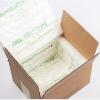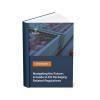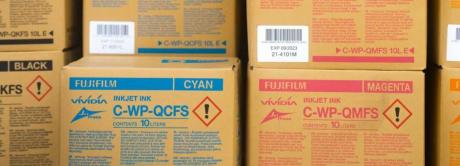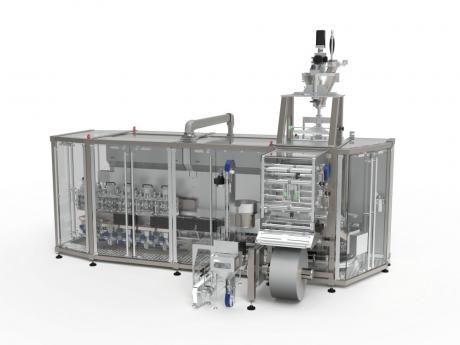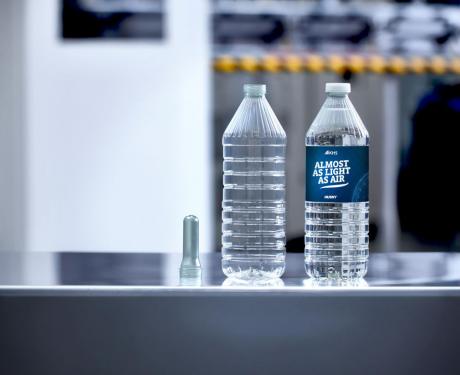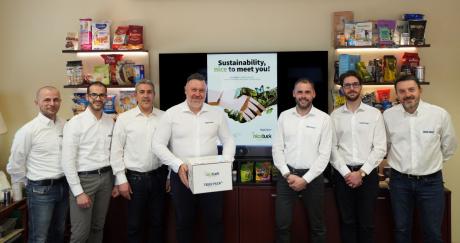When market forces and consumer choices are piling on the pressure, it’s nice to know that machinery suppliers are already in position to give helping hand and help appease customers with high-technology solutions.
Founded in 1957, Coroos is a Dutch family business that is among Europe’s top three producers of preserved fruits, pulses and vegetables in jars, cans and flexible packaging.
Its products are available in many European supermarkets, in the form of premium labels, private labels and basic products - on both the groceries shelf and in refrigerated sections.
Since its first production site was built in 1960, it has put product evolution and consumer tastes at the top of its agenda, where, over the decades it has witnessed constant market and consumer behaviour changes, to which it has had to adapt.
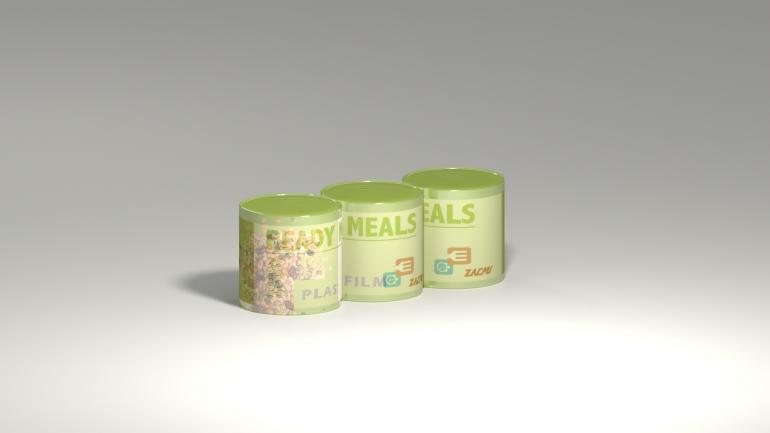
These changes, including a growth in the number of eating occasions and the increase in the number of smaller households, have formed the basis of its ongoing product and packaging development, where it has led the field in terms of introducing small packaging in cans and glass and coupled to flexible packaging.
One of the most recent packaging trends - driven by a growing consumer dislike for too much plastic packaging - is the deployment and specification of secondary packaging that exploits easily recyclable cardboard as a replacement to shrink-wrapped plastic.
Director George Oostrom was quick to realise that plastic was falling out of favour, so set about researching the market for an alternative technology. Having already had a favourable experience with Cama Group in previous secondary packaging solutions - and backed by his general appreciation of the quality of machinery from Northern Italy - he invited Cama to help solve his sustainability challenge.
“As a family company, we don’t have the resources to take guesses at the suitability of a partner or a technology,” explains George Oostrom, “so many of our business relationships are based on trust and experience. We knew that we had to move away from multi-material packaging and into more cardboard and mono-material plastic solutions. Where we can’t replace materials, we are also looking at ways of saving their use, too, including thinner can walls. We also face different emphases across Europe, where some countries favour reuse, while others favour recycling. It is a balancing act.”
In addition to environmental concerns, Coroos also has to cater for varying consumer demands and packaging variety, hence the requirement for secondary packaging technology that is able to keep pace with these changes. “We have to consider our requirement to change production formats halfway through a shift,” Oostrom explains. “Our lines have to be changed not just for filling, but also secondary packaging. Cans go in boxes while plastic containers go in sleeves. And the numbers and arrays of each of these formats can also change depending on the end customer.
“We installed our first Cama machine back in 2002, and the very latest one was installed six months ago,” Oostrom elaborates. “There is a lot of competition out there, but I feel we are at a high packaging quality level that matches our needs. Our technicians know the technology intimately and my faith in Northern Italy’s machinery quality and expertise is always repaid. It is also difficult to get good technical people to operate some of our machines, so ease of use is very high on the agenda, as is reliability. Another trick I have is to look at what the much bigger companies are using, and with Cama being present in many of these I know I have made the correct choice.”

Sustainability is not just about materials; it can also be addressed by machines that offer superior overall equipment effectiveness (OEE); especially through technology that is designed and fine-tuned to the specific needs of an application. Delivering this capability is Zacmi, a supplier of filling and sealing lines that Oostrom relies upon… and regularly sees at the larger companies too.
“We have used Zacmi machines for a long time,” he explains. “As well as offering higher speeds and machine developments that were closely allied to my product’s needs, Zacmi is also based in Northern Italy – so I know the quality is there. They also work closely with Cama on a number of other projects, so we have good supplier synergy too.
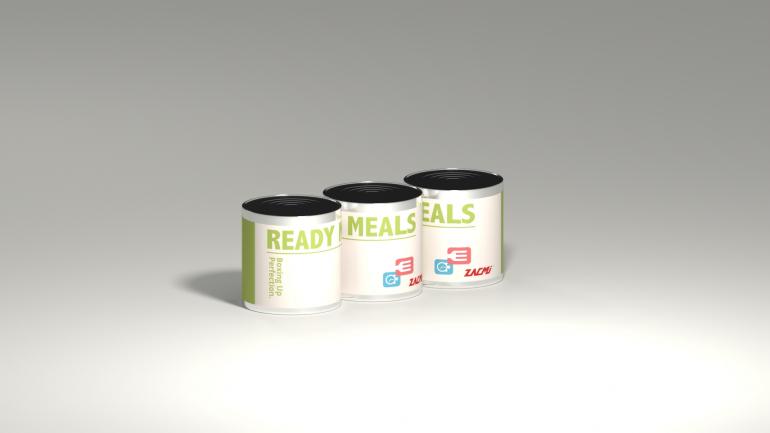
“We were already producing 200 million tins at our plant using equipment that was built in the 1960s,” Oostrom reminisces. “We were looking to change the filling, closing and seaming machines and decided to revert to the Zacmi concept. As a result, we took out the old machines and replaced them with a machine solution that gave us higher quality, higher speeds, better hygiene and elevated worker safety.
“Zacmi is so much further ahead in terms of machine innovation,” he elaborates, “and the companies in the region were also starting to work together, so full lines could be designed with complimentary technologies. This relationship is demonstrated by the close coupling of Cama and Zacmi.
“When I look to justify my investments in technology, I don’t consider the CAPEX as the defining factor,” Oostrom concludes. “Could I find machines that are cheaper? Probably. But would they offer me the same levels of quality, throughput and whole-life costs? Almost certainly not. You must look at performance as part of the sustainability equation. Being ‘green’ and being seen to be ‘green’ is not all about materials. It’s about overall equipment effectiveness, maintenance costs, consumable consumption and a myriad of other factors that come into play when you consider the impact of a machine. Finally, as a family company, peace of mind and trust play a huge role too; and having two companies that are already good friends is a real bonus.”


